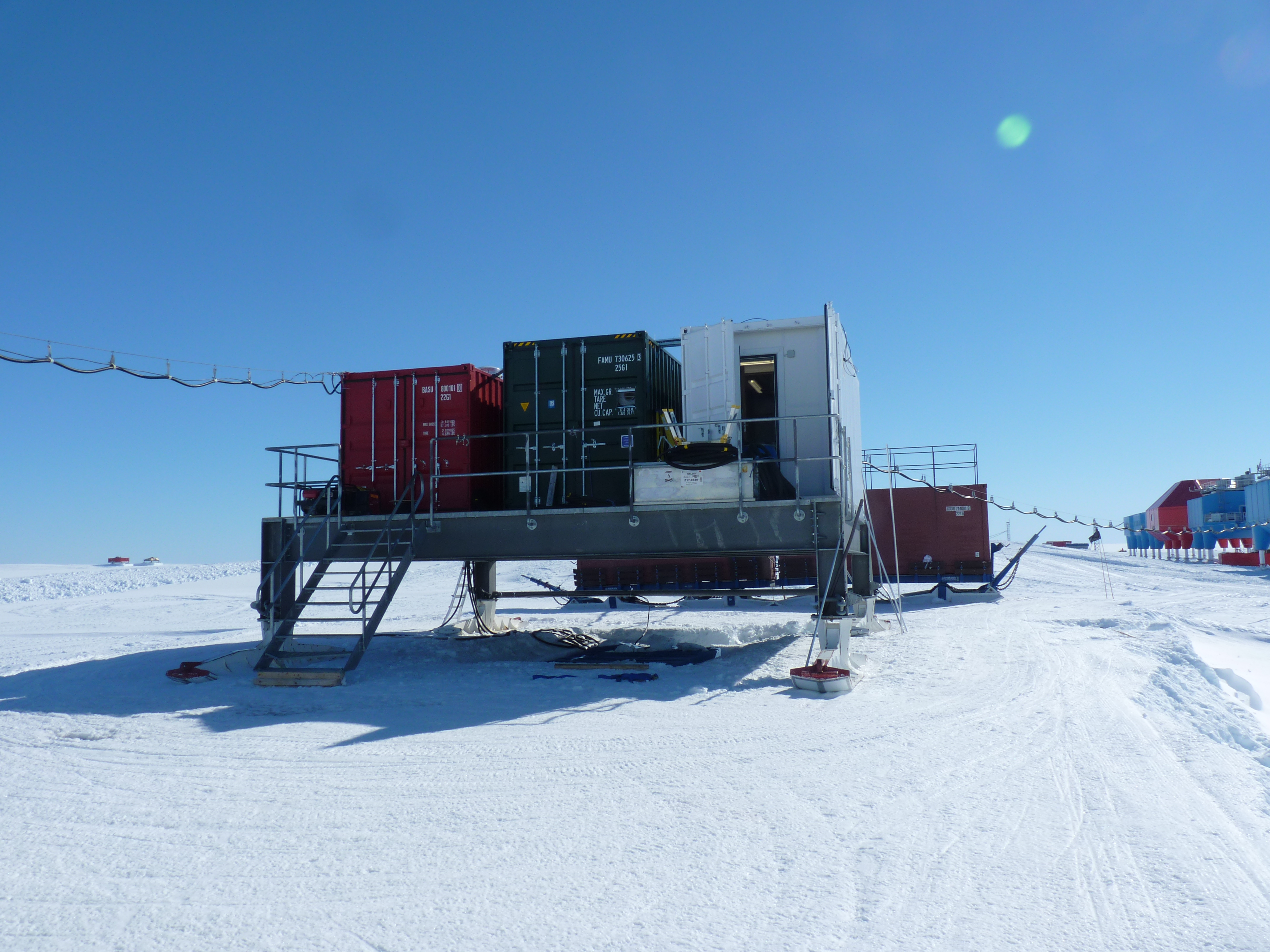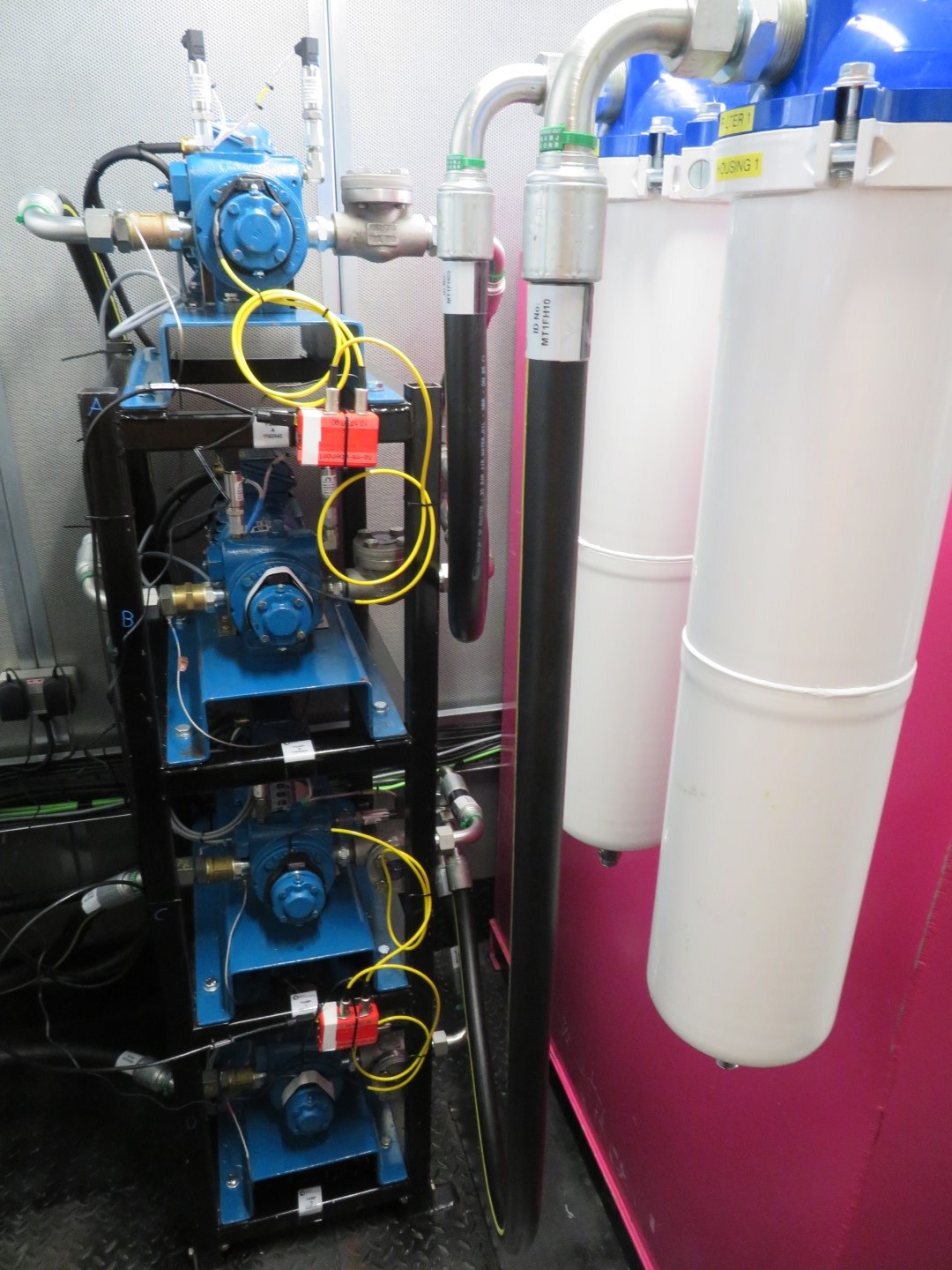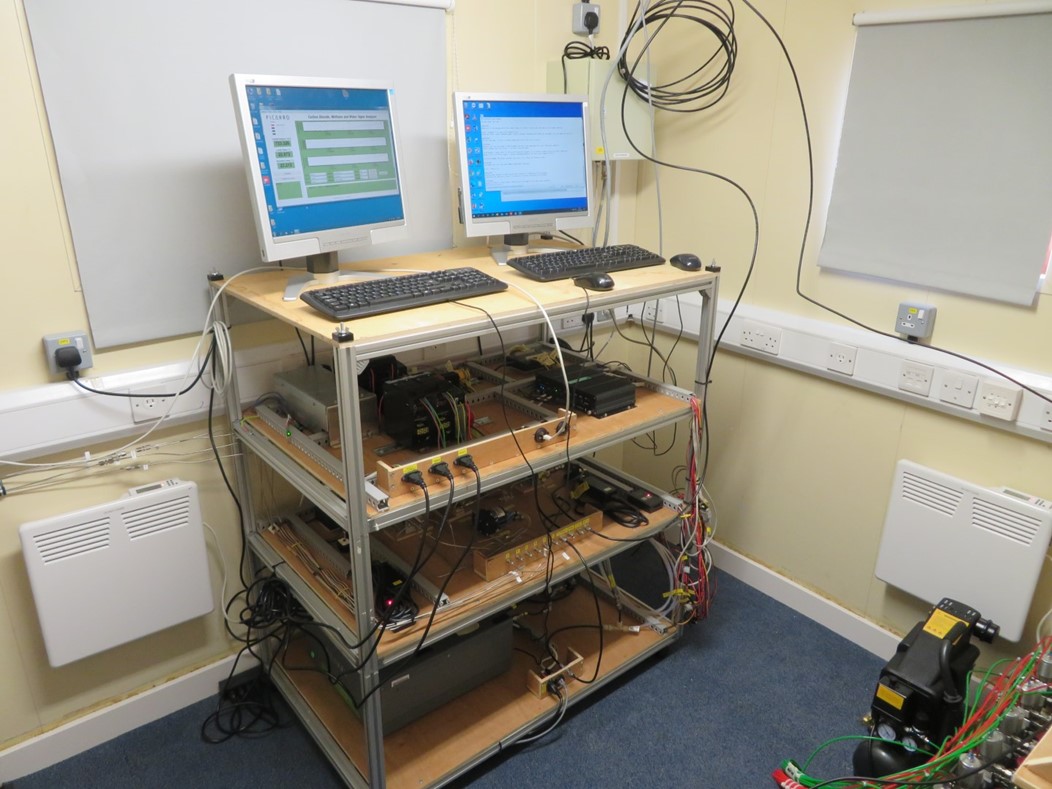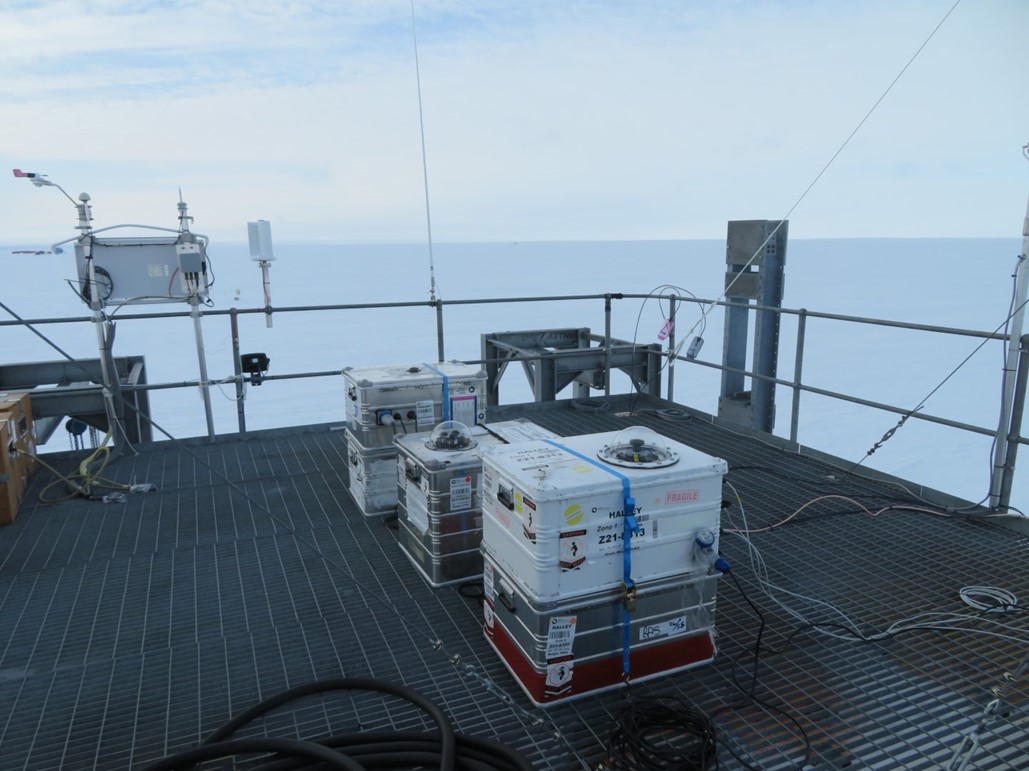In late February, the British Antarctic Survey (BAS) Halley VI Research Station closed for the 2021/22 season. The season saw some major developments at the station, including several significant improvements and additions to its automated systems.
Halley Automation began in January 2017, and each year since then, BAS' scientists, engineers, and operational teams have been working to automate the station to enable year-round data collection from scientific experiments and environmental monitoring systems. The project has enabled cutting-edge science to take place in one of the most inhospitable environments on earth throughout the polar winter.

The past season has been challenging, with the fallout of the pandemic, unusually severe weather conditions and the inevitable complications that come with developing complex, innovative systems in Antarctica. Despite these challenges, progress at Halley has continued almost entirely unabated. Each year the team at Halley return from their season with a host of exciting updates and successes to report on and this year is no exception.
One of the most important pieces of equipment at Halley is the microturbine, which provides the power necessary to continue the science throughout the winter when the station is unoccupied. This year, the automated fuelling system in the microturbine has been upgraded to a new, more advanced model which will give BAS' operational teams increased control over its remote operation. This development will improve the ability to maintain a reliable power supply.

The fuel tanks that supply the microturbine have also been fitted with upgraded sensors. These are able to track fuel movements more accurately during remote refuelling operations in winter and will help to ensure that there are no leaks in the system. This is an important step towards ensuring work at Halley is safe, fuel efficient and protects the environment that is being monitored.
Thomas Barningham, Halley Automation Project Manager and Science Coordinator said:
"This season has been tough, but highly successful thanks to the excellent work of the entire team at Halley''.
"We've made tremendous strides towards improving our automated systems that allows us to continue to conduct critical research on the station, advancing our understanding of space weather phenomena, and monitor changes in atmospheric composition and climate''.
Work to install new, high-impact scientific experiments to the automated network has also continued.
Last year, an automated system of flasks was installed to collect regular air samples which were shipped out at the end of the season and analysed for greenhouse gasses. The data these flasks produced was an important contribution to our understanding of atmospheric pollution and helped to re-establish the regular monitoring of the year round changes in greenhouse gas composition in the atmosphere at Halley. This year, this system has been developed further with the addition of a new, automated system which measures carbon dioxide and methane concentrations every minute. Additionally, the laboratory has also been equipped with a methane flask sampler which will help scientists to determine the cause of the recent rise in global methane emissions.

The installation of two new optical instruments has increased the ability of scientists to measure properties of the atmosphere up to the edges of space from Halley's unique polar vantage point. An infrared camera which observes airglow emissions during the polar night will enable the detection of gravity waves and an experiment that measures stratospheric ozone concentrations will help track the growth and decay of the ozone hole, complementing the existing data from the automated Dobson spectrophotometer.

A number of successful summer science projects have also been conducted at Halley in tandem with the automation technologies. These include a trial run of some specialist seismometers ultimately destined for one of the icy moons of the solar system. The Clean Air Sector Laboratory also supported a short, but intense air sampling campaign to understand the emissions of nitrous acid from the snow surface. This compound is ultimately involved in reaction cycles that can control the composition of important greenhouse gases, such as methane, in the atmosphere.
David Hunt, Halley Station Operations Manager and Station Leader said:
"Although personnel won't arrive back at the station until November 2022, the work conducted this season will support a lot of exiting research over the coming months.
"We're excited to get back to Halley later in the year but also to work with our partners in Cambridge and around the world until then to conduct the ground-breaking science that automation at Halley is making possible."
You can track progress at Halley throughout the Antarctic winter on the BAS website and watch live footage from the research station on the Halley VI webcam.






